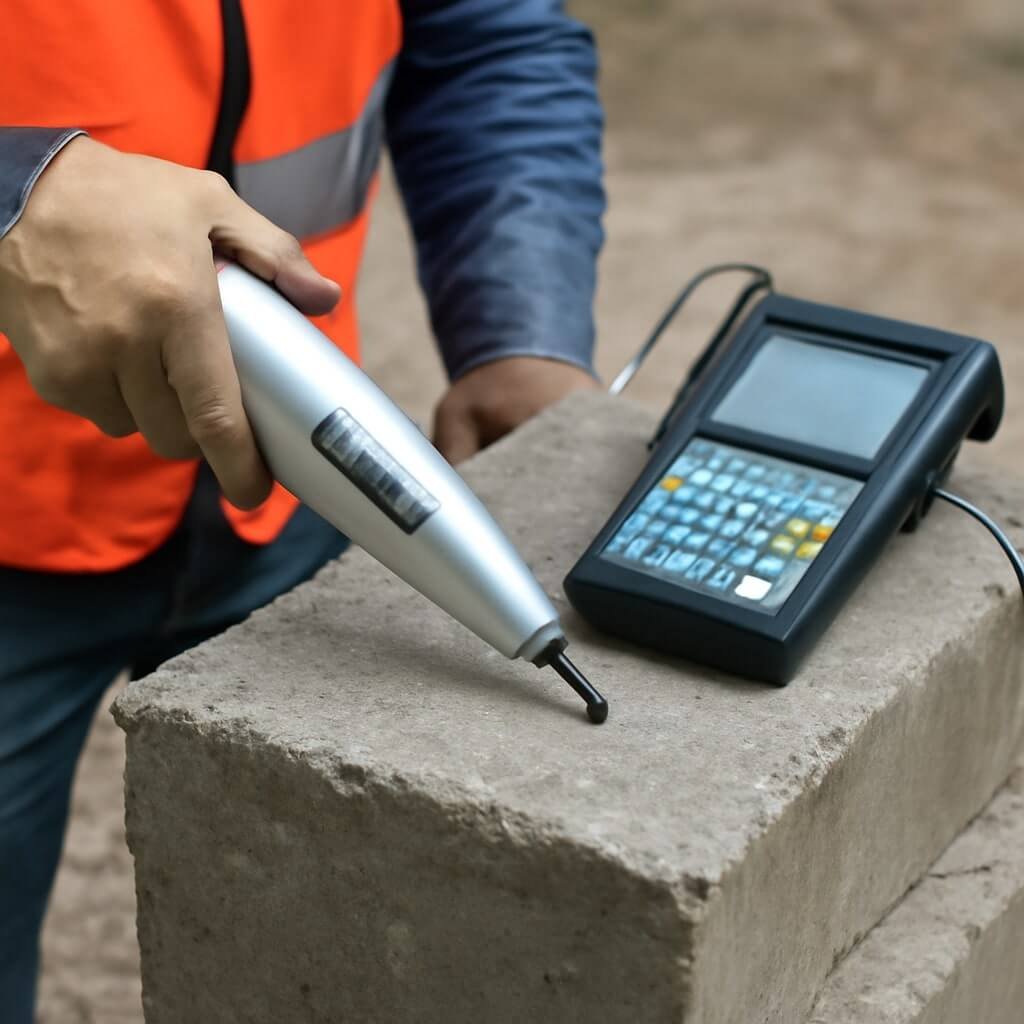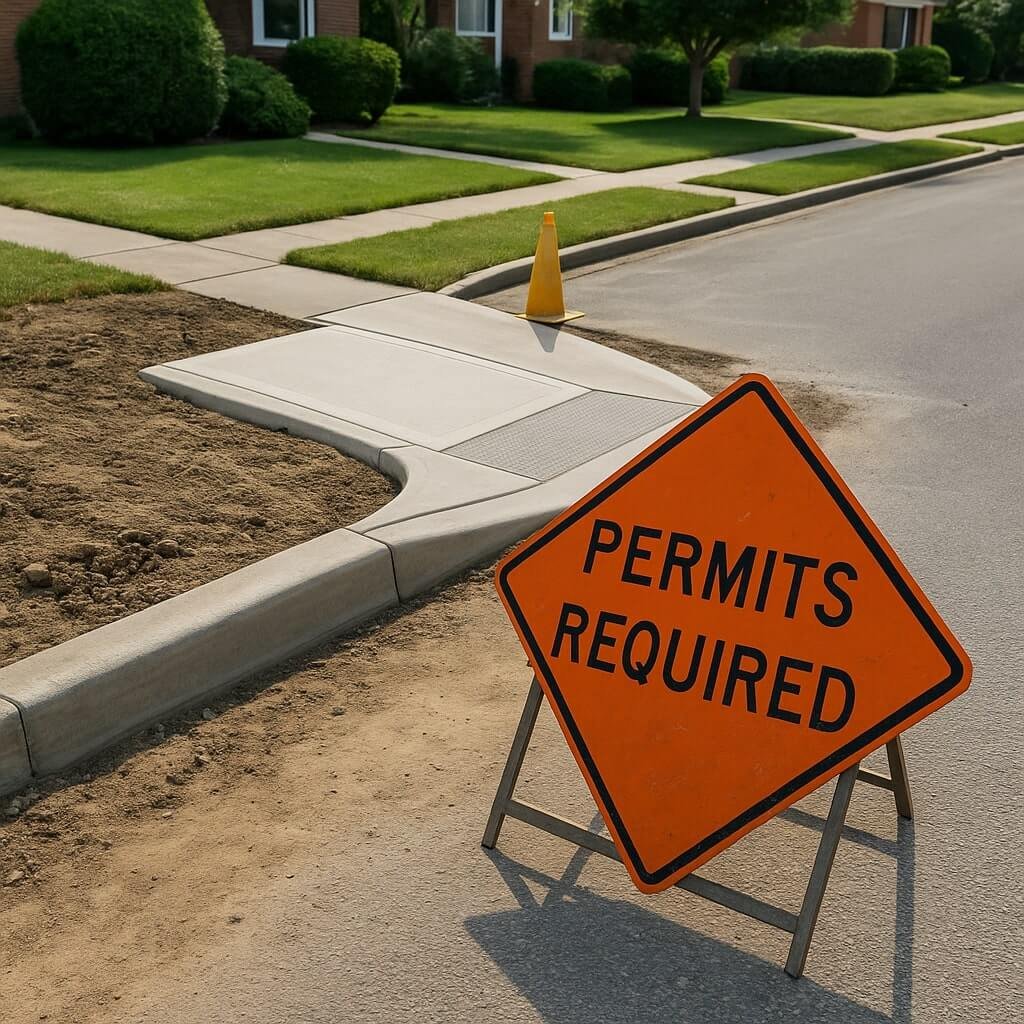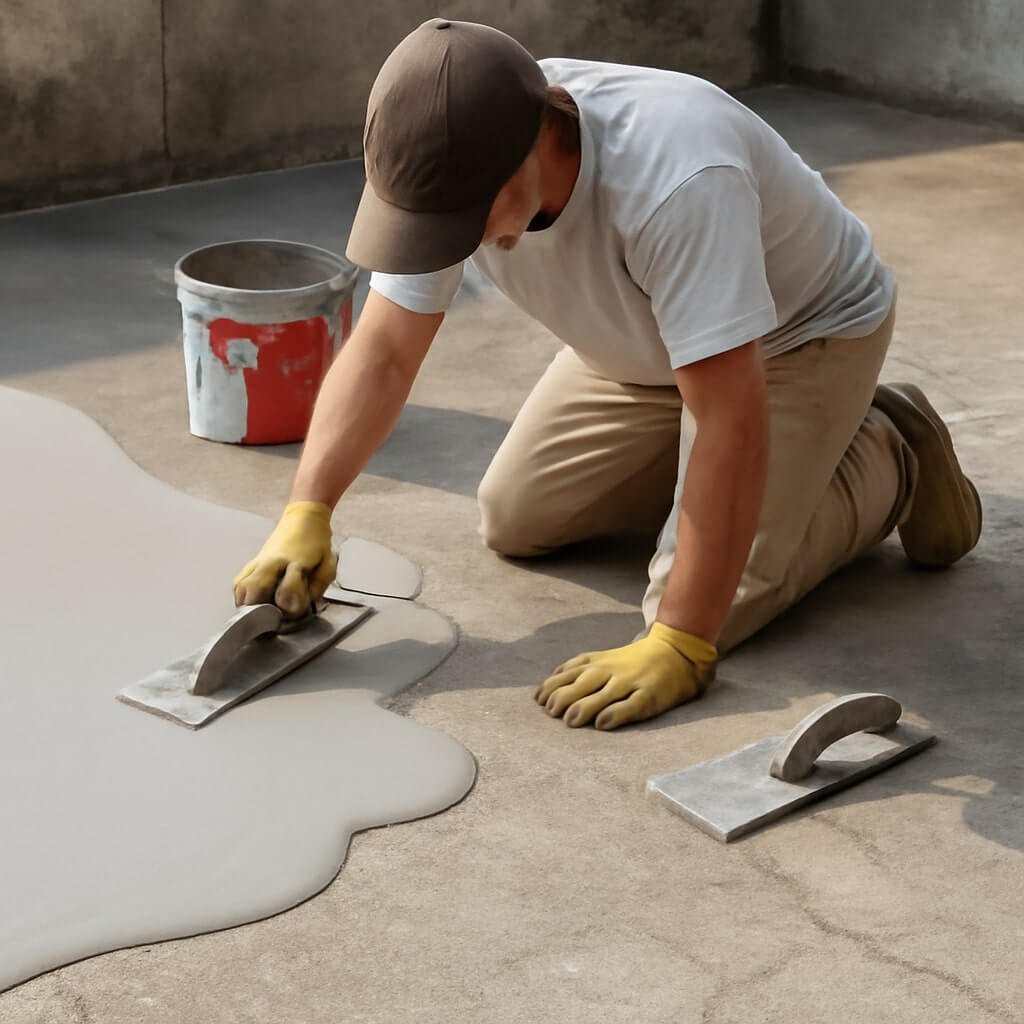Concrete is one of the most widely used construction materials globally, and understanding its strength is critical for ensuring structural safety and longevity. Whether you’re a DIY enthusiast, contractor, or engineer, knowing how to test concrete strength yourself can save time and money while ensuring your project meets quality standards.
In this article, we will explore easy ways to test concrete strength yourself, discussing 15 powerful methods that range from simple visual inspections to advanced testing techniques. Let’s dive in!
Understanding Concrete Strength
What Is Concrete Strength?
Concrete strength refers to the ability of concrete to withstand loads without failure. It’s usually measured in terms of compressive strength—the maximum load concrete can bear before breaking. This strength is vital because it determines whether a structure can safely support the weight and stress placed upon it.
Factors Affecting Concrete Strength
Several factors influence concrete strength, including:
- Mix proportions: The ratio of cement, water, and aggregates
- Curing conditions: Proper curing improves strength
- Age of concrete: Strength increases with time
- Additives and admixtures: Can enhance or reduce strength
- Environmental exposure: Weather and chemical exposure affect durability
Understanding these factors helps you better assess and predict concrete strength during testing.
Why Test Concrete Strength Yourself?
Testing concrete strength yourself offers several advantages:
- Cost savings: Avoid expensive lab tests for quick assessments
- Immediate results: Get on-the-spot data to make decisions
- Early detection: Identify potential issues before they become serious
- Better project control: Monitor curing and quality throughout construction
While professional testing is essential for critical projects, DIY testing methods provide valuable insights and help maintain quality standards.
Preparations Before Testing Concrete Strength
Before starting any concrete testing, it’s crucial to prepare adequately:
- Safety gear: Wear gloves, goggles, and masks to protect yourself
- Clean surface: Remove dust, debris, and loose particles
- Tools and equipment: Gather the right tools for your chosen test
- Weather conditions: Avoid testing in extreme temperatures or rain
Proper preparation ensures accurate results and keeps you safe.
15 Easy Ways to Test Concrete Strength Yourself
1. Visual Inspection
The simplest method involves inspecting concrete for visible defects such as cracks, spalling, or discoloration. Although not quantitative, it helps identify surface problems that might indicate deeper issues.
2. Rebound Hammer Test
Also known as the Schmidt hammer test, it measures surface hardness by the rebound of a spring-loaded hammer. It’s quick, non-destructive, and gives an approximate strength estimate.
3. Penetration Resistance Test
This method measures the depth a needle or probe penetrates the concrete under a fixed force. The deeper the penetration, the weaker the concrete. It’s useful for surface hardness testing.
4. Ultrasonic Pulse Velocity Test
Ultrasonic waves pass through concrete, and their speed correlates with strength and density. This non-destructive test can detect cracks and voids inside concrete.
5. Pull-Out Test
A metal insert is embedded in concrete, and force is applied to pull it out. The force required correlates with concrete strength. It’s semi-destructive and provides good accuracy.
6. Core Drilling and Testing
Taking a core sample from the concrete allows laboratory testing for compressive strength. This method is the most accurate but involves drilling and destruction of a small part of the structure.
7. Windsor Probe Test
A quick in-situ test where a hardened steel probe is fired into the concrete surface. The penetration depth estimates strength. It’s fast but less accurate on rough surfaces.
8. Maturity Method
This technique uses temperature history data to estimate strength gain over time. Sensors embedded in concrete monitor curing, allowing predictions of strength without physical sampling.
9. Schmidt Hammer Test
A variant of the rebound hammer, it offers quick strength assessments and is popular for field testing. Proper calibration is needed for reliable results.
10. Load Testing
Applying a load to a concrete element and monitoring its response can directly assess its performance. It’s practical for existing structures but requires careful setup.
11. Surface Hardness Test
Using tools like Mohs hardness picks or scratch tests, you can assess surface resistance. It’s simple but offers limited quantitative data.
12. Sonic Echo Method
Sending sound waves through concrete and analyzing echoes helps detect voids, cracks, and defects inside the structure.
13. Thermal Imaging
Infrared cameras detect temperature variations caused by voids, moisture, or delamination, indirectly indicating concrete health.
14. Chemical Testing
Tests for carbonation, chloride content, or pH levels help assess chemical degradation affecting strength.
15. Flexural Strength Test
Used mainly for concrete beams, this test applies bending until failure to determine tensile strength, important for certain structural elements.
How to Interpret Concrete Strength Test Results
Interpreting test results requires understanding each method’s limitations and accuracy. For example:
- Rebound hammer results depend on surface condition.
- Core tests provide direct compressive strength but are destructive.
- Ultrasonic tests detect defects but don’t give exact strength values.
Always cross-check results with multiple methods and consider environmental and curing factors.
Safety Tips When Testing Concrete Strength Yourself
- Always wear protective gear like gloves, goggles, and masks.
- Follow manufacturer instructions for testing equipment.
- Keep the testing area clear and well-lit.
- Avoid electrical hazards when using powered tools.
- Never test concrete on critical structural elements without expert advice.
Common Mistakes to Avoid When Testing Concrete Strength
- Testing on dirty or wet surfaces can lead to inaccurate results
- Misinterpreting data without proper calibration or knowledge
- Ignoring environmental factors like temperature and humidity
- Using inappropriate tools for specific tests
- Over-relying on a single test method instead of multiple approaches
When to Call a Professional for Concrete Testing
DIY methods are useful for preliminary checks, but for:
- Critical structural assessments
- Legal or safety compliance
- Complex structures
- Detailed lab analysis
Hiring professional services is essential to ensure accuracy and safety.
Frequently Asked Questions (FAQs)
1. Can I rely solely on visual inspection to test concrete strength?
Visual inspection helps identify obvious defects but doesn’t provide a strength measurement. Use it alongside other tests.
2. How accurate is the rebound hammer test?
It offers an approximate strength estimate but can be affected by surface conditions and requires calibration.
3. Is core drilling always necessary?
Core drilling gives the most accurate strength data, but it isn’t always feasible or necessary for all projects.
4. How does the maturity method predict concrete strength?
It uses temperature data to estimate strength gain during curing, helpful for early-age monitoring.
5. What safety precautions should I take?
Wear proper PPE, handle tools carefully, and avoid testing on unsafe structures.
6. Are ultrasonic tests destructive?
No, ultrasonic pulse velocity tests are non-destructive and safe for concrete evaluation.
Conclusion
Testing concrete strength yourself is both practical and empowering, offering valuable insights into your concrete’s quality and durability. By using the 15 methods outlined, you can perform effective and safe assessments that help maintain structural integrity and avoid costly problems down the line. Remember to combine methods, interpret results carefully, and consult professionals when necessary.




